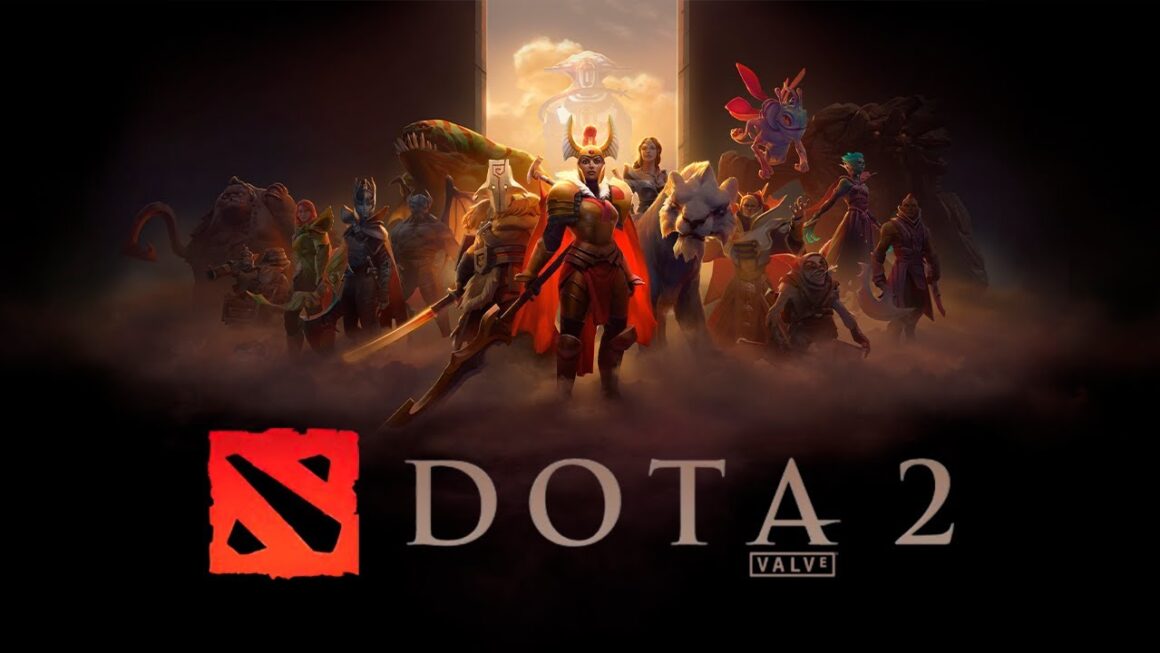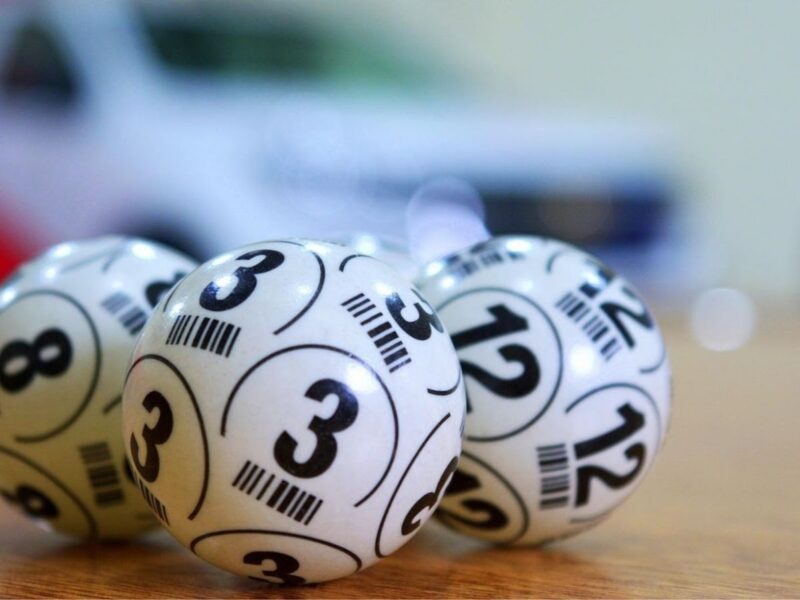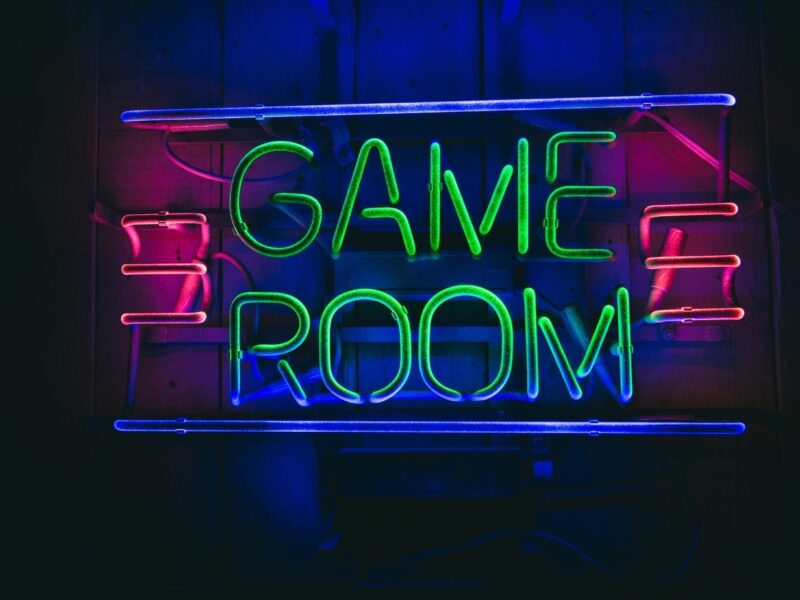Table of Contents
In the fast-paced and highly competitive world of esports, Dota 2 has emerged as one of the most popular and lucrative games. With millions of dollars at stake in tournaments and a dedicated fan base, teams and players are constantly seeking ways to gain a competitive edge. One technology that has made significant strides in recent years is artificial intelligence (AI) and machine learning. This article explores the role of AI and machine learning in predicting Dota 2 live score outcomes and its impact on the game.
The Rise of AI and Machine Learning in Dota 2
AI and machine learning algorithms have become increasingly sophisticated, allowing them to analyze vast amounts of data and identify patterns that may be imperceptible to human analysts. Dota 2 is an ideal playground for these technologies, as it features a complex ecosystem of heroes, items, and strategies. The availability of comprehensive match data, including player statistics, hero picks, and game events, has paved the way for AI-powered predictive models.
Predictive Modeling in Dota 2
Predictive modeling involves training AI systems on historical data to develop algorithms capable of predicting future outcomes.

In Dota 2, this translates to forecasting match results, player performance, and even in-game decision-making. Machine learning algorithms can take into account various factors, such as hero picks, player skills, team composition, and previous match records to generate accurate predictions.
Enhancing Draft Strategies
One area where AI and machine learning have made a significant impact is in drafting strategies. The drafting phase in Dota 2 is crucial, as it determines the lineup of heroes each team will play with. AI algorithms can analyze extensive hero and player statistics, as well as the draft preferences of professional teams, to suggest optimal hero selections. This helps teams make informed decisions based on historical win rates, counterpicks, and synergies, giving them an edge before the game even begins.
Player Performance Prediction
Machine learning algorithms can also analyze individual player performance and predict their impact on the game. By considering various factors, such as hero choices, performance metrics, and historical data, AI models can estimate the likelihood of a player’s success in a particular match. This information is valuable for teams looking to optimize their strategies and make roster decisions.
Real-time Decision-making
AI and machine learning models can provide valuable insights during live matches. By analyzing ongoing gameplay, these algorithms can identify patterns and trends, helping teams make real-time decisions.

For example, an AI system might suggest item builds, skill leveling paths, or even highlight potential strategic weaknesses of the opponent. This real-time assistance can be invaluable, especially in high-stakes matches where split-second decisions can make all the difference.
Limitations and Challenges
While AI and machine learning show promise in predicting Dota 2 outcomes, there are limitations to consider. Dota 2 is a highly dynamic game with numerous variables, making it challenging to capture all relevant factors accurately. Additionally, AI models heavily rely on historical data, which might not always reflect current meta shifts or changes in player performance. The human element of creativity and adaptability can also be challenging for AI algorithms to fully grasp.
Conclusion
AI and machine learning have revolutionized the way Dota 2 teams approach the game. These technologies offer valuable insights for drafting strategies, player performance prediction, and real-time decision-making. While there are challenges and limitations, the growing integration of AI in Dota 2 brings exciting possibilities for teams, players, and fans alike. As technology continues to advance, we can expect AI and machine learning to play an increasingly vital role in predicting Dota 2 outcomes and pushing the boundaries of competitive gaming.






